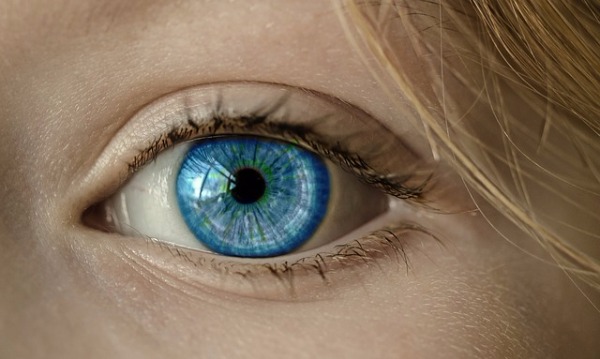Using MOOC Data
 The MOOC - massive and online and sometimes open - has been around long enough that there is now massive data collected about these courses and their participants. And yet, there is not much agreement about what it all means for changing education online or offline.
The MOOC - massive and online and sometimes open - has been around long enough that there is now massive data collected about these courses and their participants. And yet, there is not much agreement about what it all means for changing education online or offline.
EDUCAUSE recently posted "Harvard and MIT Turn MOOC Data into Knowledge" which uses data from the Harvard/MIT edX Data Pipeline. This is an open-source effort to manage MOOC data among higher education institutions.
What can we learn from all the clicks within learning management systems (edX, Canvas, Moodle, etc.)? We could find out how much time students spend reading texts, watching videos, and engaging with fellow students in discussions.
Data at the MOOC scale offers possibilities for new insights.This Harvard/MIT partnership also offers possibilities with MIT perhaps focusing on analyzing Big Data and Harvard, via its Graduate School of Education, addressing the educational responses.
Using edx2bigquery (Google’s BigQuery) and XAnalytics (a dashboard that connects to Pipeline), will allow other institutional representatives to interact with edX data. This is all beyond my experience, but I look forward to results.
 I was eager to check all my blog statistics this month because I had calculated that the numbers would trip my blog odometer over to a big number. I keep a spreadsheet for
I was eager to check all my blog statistics this month because I had calculated that the numbers would trip my blog odometer over to a big number. I keep a spreadsheet for 